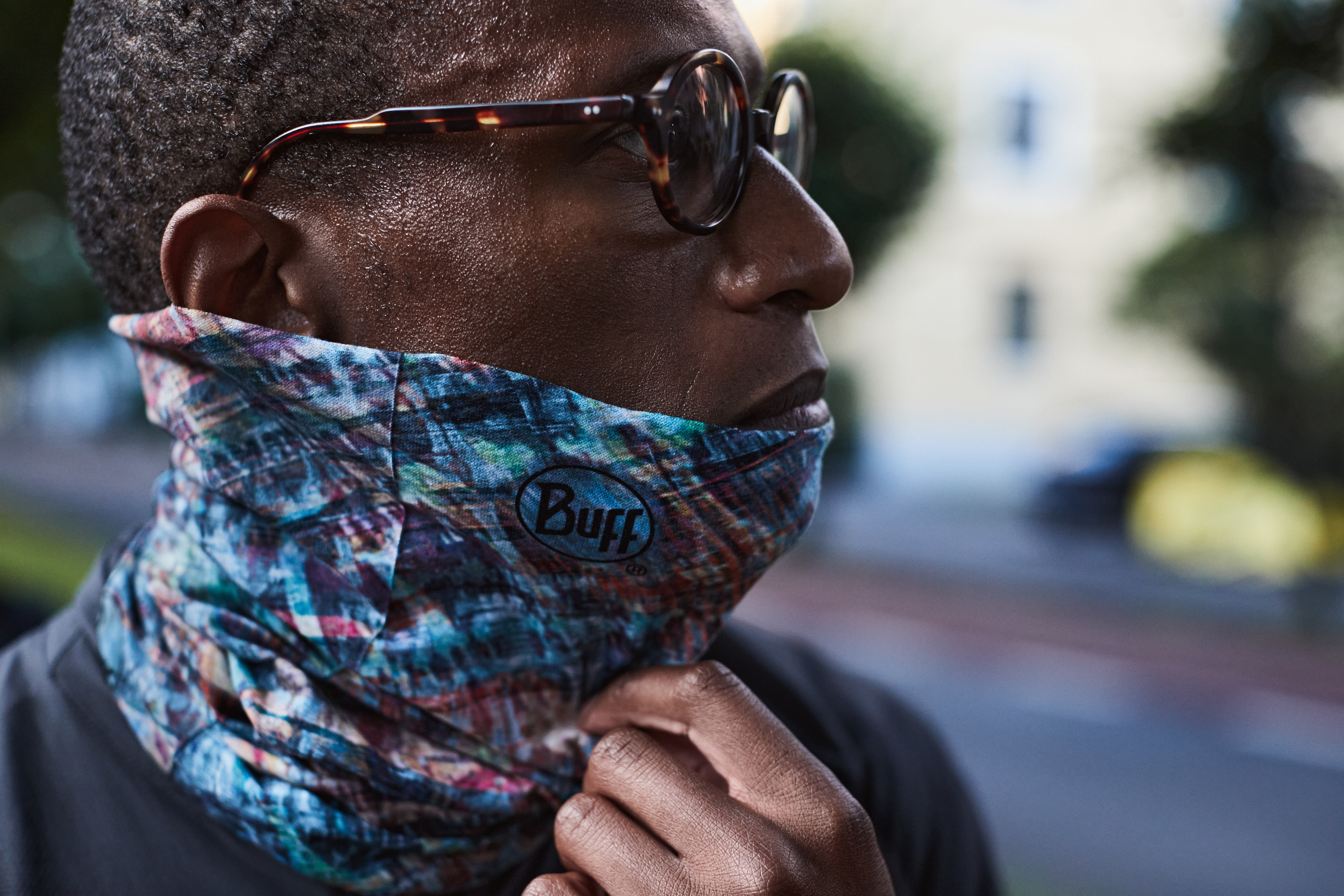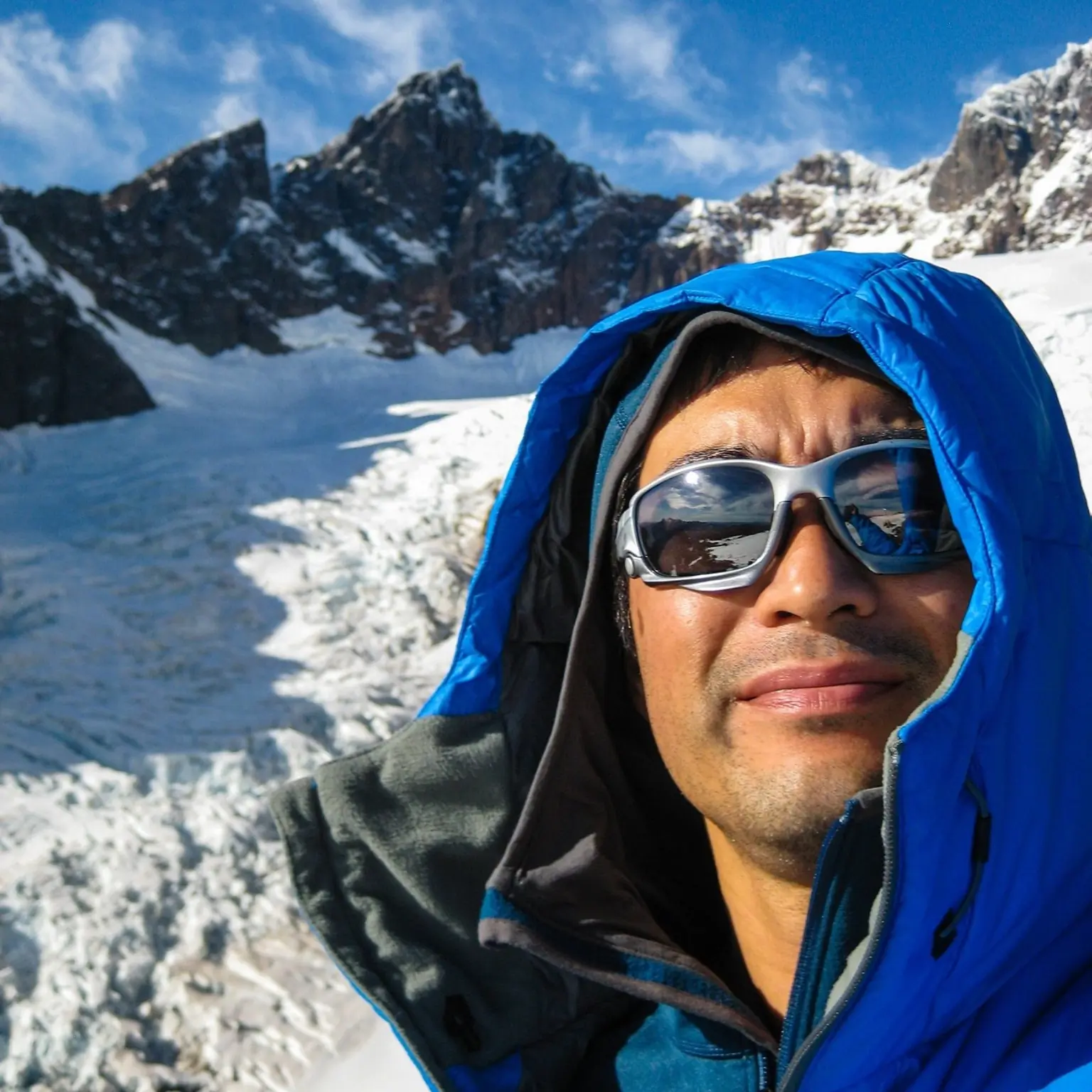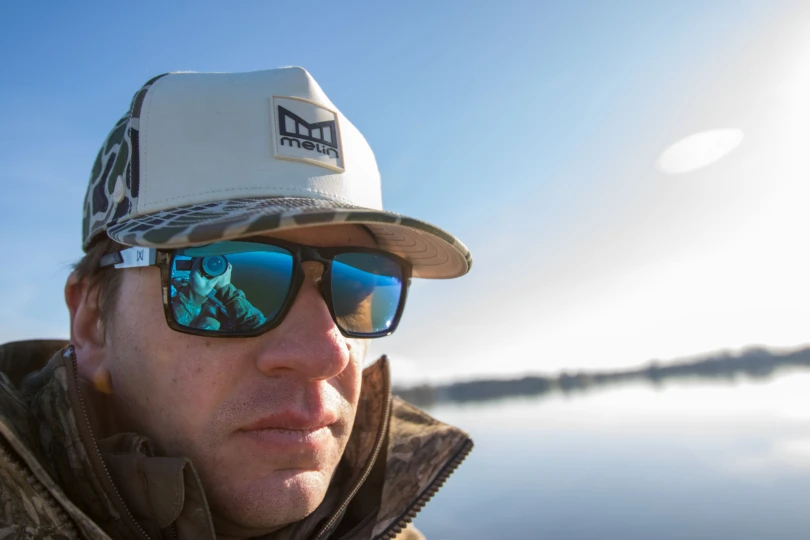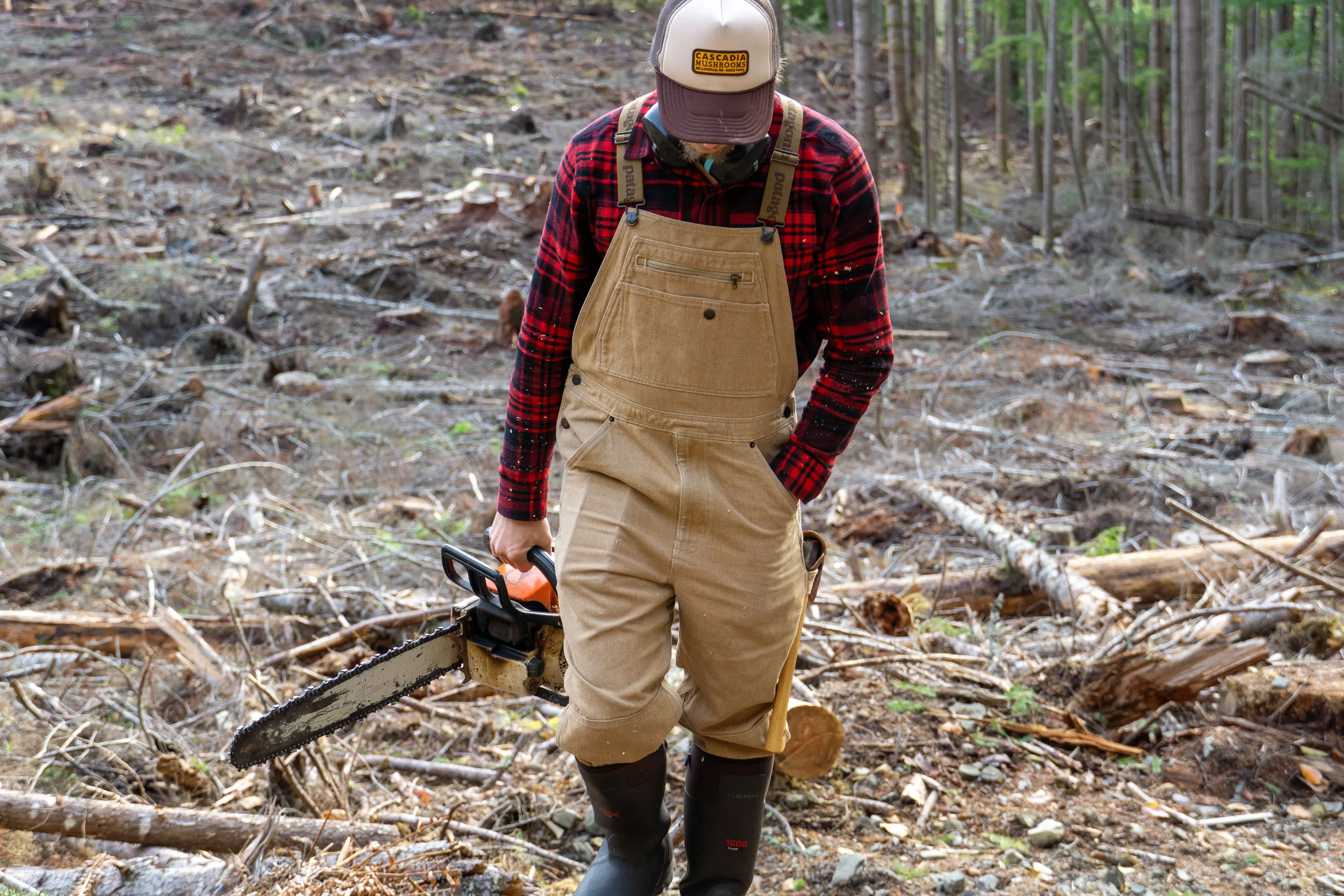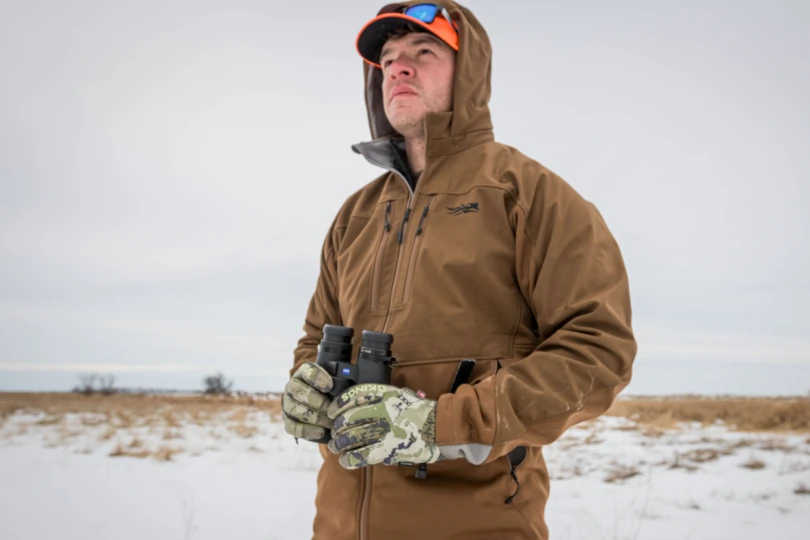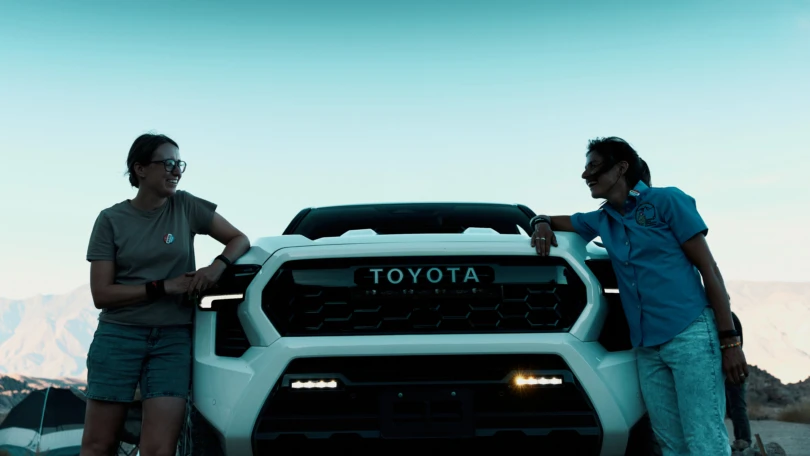The BUFF is the Kleenex of neck gaiters. It’s seemingly a simple neck tube, and it’s easy to assume it’s made by the millions in an automated factory in Asia.
I was invited to BUFF HQ for its 30th anniversary and discovered that the brand proudly manufactures 90% of its products (and all BUFFs) in the Catalonian town of Igualada, Spain. I had wrongly assumed BUFF was an American brand that outsourced production to China, which manufactures the most apparel worldwide.
I couldn’t have been more wrong. During my 2-day visit to BUFF HQ, I learned how much more involved producing a seemingly simple product can be and how different the corporate culture is from that of the U.S. I also learned how purchasing a BUFF doesn’t just benefit the consumer.
It’s Not Easy Designing a BUFF
A BUFF “tubular,” as the locals call it, seems easy enough to make, even in the brand’s unique seamless form. I mean, it’s a tube. How hard could it be?
The first step the BUFF crew showed us was the graphic design stage. BUFF has countless visual designs in the works at all times, but they’re not flippantly derived. The brand sources information from organizations that predict design and color trends and look for impacts in areas outside of apparel.

Then, a group of in-house designers collaborates and obtains group cohesion on designs. The BUFF staff led our group of 18 journalists in creating and agreeing on a single design that would be produced by the factory that day.
They ran votes, and, eventually, we did conclude — but that was just for one BUFF. I imagined trying to do this for every BUFF in the brand’s catalog and understood they must be mature professionals who can give and take equally.

The production manager then showed us an area where thread entered on one side and white tubulars exited on the other. Complex circular knitting machines transformed individual spools of yarn into seamless tubulars.
The complexity and intricacy of what these machines did are hard to describe. It took so many individual yarns to make a single gaiter.
So Many Hands
Once the tubulars left the machine shop, a chain of human hands manipulated the blank fabric into the brightly colored BUFFs.
Humongous plotters printed the graphic designs in groups of six on special transfer paper, and these served to sublimate the graphic onto the tubulars. The sublimation process was done by hand, with a skilled laborer lining up the sheets onto an array of tubulars and then moving them into the sublimation press.
Sublimation involves the ink going from solid to gas in a single step to impregnate the fabric with the designs and colors.

When the neck gaiters left the sublimation machine, another set of hands neatly set the final product on its packaging.

BUFF winter hats were in production simultaneously, and that process had almost no automation. From cutting to final packing, it took an impressive line of people to produce an item I assumed was made in a vast, automated factory.
Incredible Corporate Culture

BUFF treated us to lunch in a very nice, clean, corporate dining hall staffed by professional-looking chefs. I chose my fish dish, sides, and dessert from a menu the day before, and corporate staff informed me that employees received the same treatment. My food was better than 90% of the restaurants at home, and the freshness of the ingredients was evident.
Our group and the employees chatted happily, and the entire affair had an unrushed, luxurious ambiance. It felt like a family dinner, and in a way, it was. The closeness of the employees shined through, and I repeatedly voiced my disbelief that this was a daily occurrence on BUFF’s Euro.
Later that day, I went upstairs to watch the shift leave work. I have been in a manufacturing plant before, and it wasn’t a pleasant experience for me to watch the line workers go. They were tired and lacked spark.
It was the opposite at BUFF. The employees smiled, laughed, and hugged each other as they left for the day. Again, I expressed my disbelief in the differences I was witnessing between what I’ve seen at home and what I saw in Igualada.
A Different View

I embarrassingly assumed that BUFF was an American brand and that the original multifunctional neckwear was produced with little human intervention in Asia. And BUFF officers admitted that they hadn’t done a good job of displaying their home-grown status in their branding. I hope that changes because, in my opinion, they have every right to be proud.
I easily fall into an anti-consumerism mindset, especially with the dirtbag and ex-dirtbag crowds I tend to orbit. And sometimes, it feels ironic that I work for a site titled “GearJunkie.” Consuming less, repairing apparel until they are threads, and casting a suspicious eye on any brand exhibiting the next “new and improved” piece of gear is downright fashionable.
But let me propose a different outlook. Purchasing gear that you will use that adds enjoyment to the outdoors can be more than selfish consumerism. Buying a BUFF engages and employs a staff of 390 in a small town in Spain. Their employment allows them to support their families and the community.
The designers enjoy solving the puzzle of what appeals to your tastes. The factory workers proudly build a product they understand can protect you from the elements. The packers painstakingly fold and arrange the BUFF to put the brand’s best foot forward. That pride resonates in the workforce, who enjoy the camaraderie of the production floor and design room.
That was such a far cry from my thoughts when I received the press trip invite; “it’s just a neck tube made in a soulless factory; why do I care?” BUFF opened my eyes and my heart too. I touch my BUFF and feel connected to the people I met in Igualada. And maybe you can feel that too.
And Different Corporate Goals
I get the stand against wanton consumerism. Capitalism can generate waste, icky marketing, and manufactured needs (do we all need expedition parkas to get the mail when it’s drizzling?) to fuel the sales required for companies to grow. But that’s the thing; during my stay at BUFF and in Spain, I perceived a different business mindset, summarized as “enough.”
Stores posted business hours, which usually included a break for a few hours in the middle of the day. And, many times, the stores were closed regardless of the posted hours. I asked my friend about this, and he replied, “That was so frustrating when I moved here; I couldn’t count on them. But now I get it. They enjoy themselves when they feel they have made enough money for the day.” Wow.
And I felt that at BUFF. They all work a full day to fulfill production quotas. But the constant drive to grow and increase market share that seems normal in the U.S. wasn’t present to me. Instead, the one corporate goal they informed me about was bringing home the remaining 10% of BUFF products not produced in-house. The goal is to do this within 3 years.
Moving production to Spain will be more expensive than the current Asian production, but the goals are to provide more jobs and a higher-quality product. This will benefit the employees and the end consumer, not the bottom line. How novel is that?
Parting Thoughts

I’m all about reducing our collective footprint on this planet, which I understand can oppose my job of guiding new gear purchases. But I hope that the decision to buy the next new thing is out of need and deliberate. And part of the decision-making matrix could involve choosing products and brands that benefit something other than a profit margin or market share.
I do understand that BUFF wants to increase sales and market share. But during my stay, it wasn’t at the forefront of anything I saw or heard. Yes, it was a press trip. And maybe I was selectively fed information. But I received the same opinions from candid conversations with employees and BUFF-sponsored athletes.
I am typically a cynical and suspicious person regarding branding. I have experience in gear production and sports marketing and have seen plenty of shady action executed in the name of profits. But I didn’t feel that at BUFF and was quite ashamed that this was what I expected.
So maybe we can partake in capitalism, and it isn’t all doom and gloom. Perhaps our purchases of items that expand our enjoyment of the outdoors can benefit a mother, a father, a town, and a company that sincerely cares about them.
I hope so. And I will do my best to put my money where it can hopefully benefit someone other than a corporate titan.

